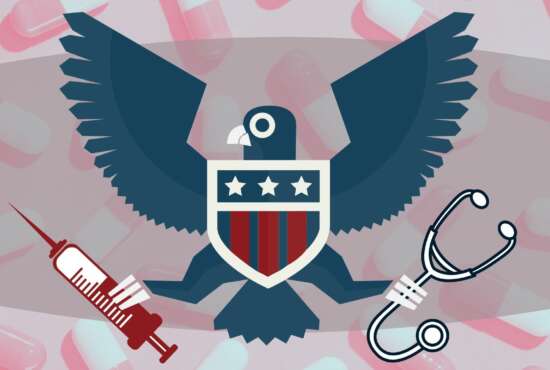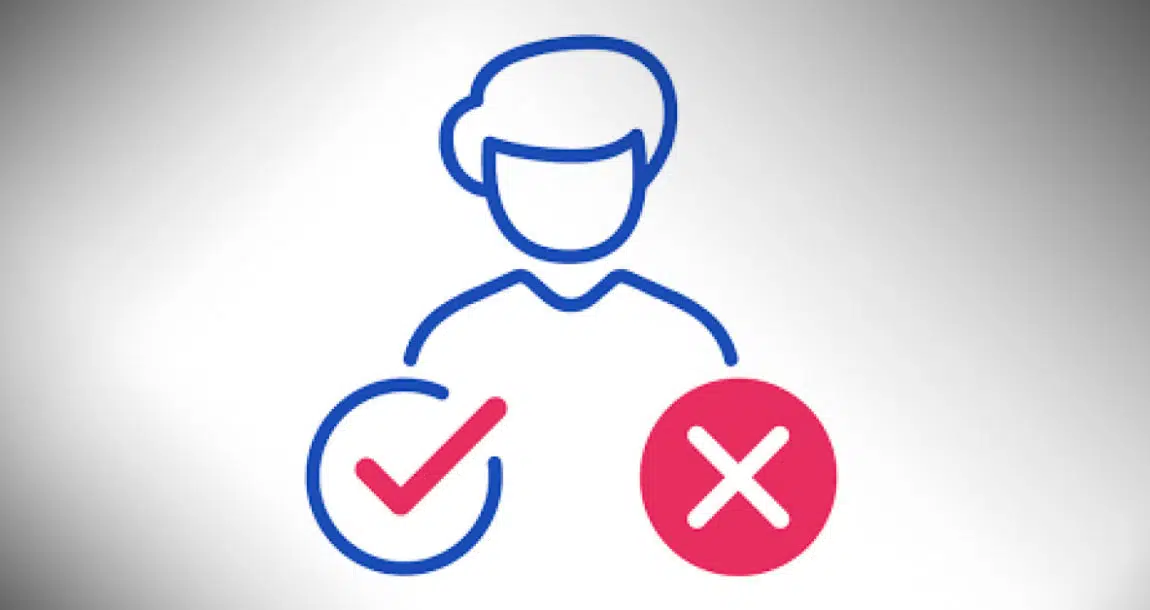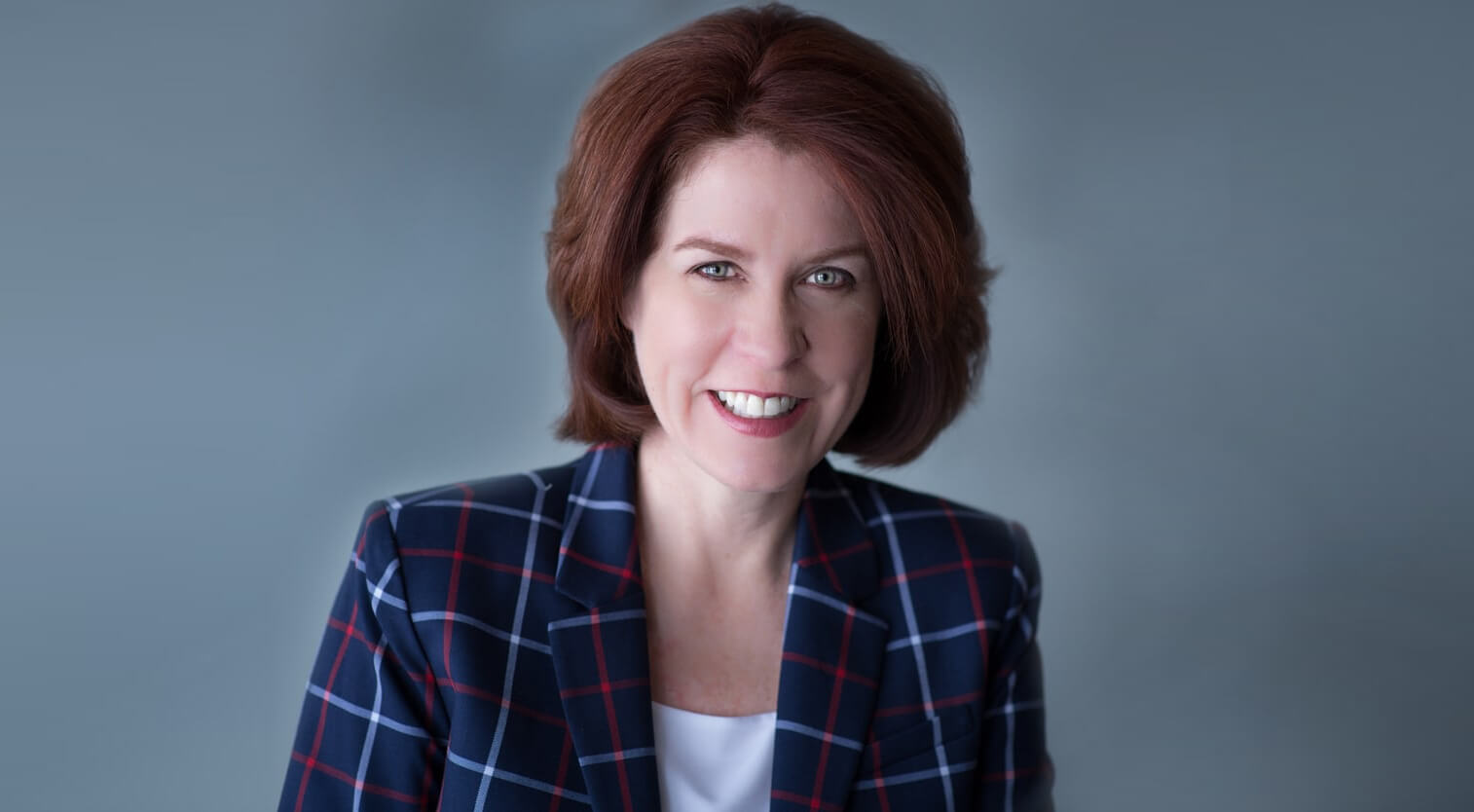GRAND RAPIDS — As more employers shift to high-deductible health plans, hospitals and doctors have wrestled with collecting the portion of the bill from patients who have not yet met their deductibles.
That’s where Greg VandenBosch wants to carve out a role in the health care system with HealthBridge Inc.

The Grand Rapids-based company VandenBosch and his partners founded two years ago provides employees with high-deductible health plans an option to pay off their medical bills. HealthBridge pays the care provider and then works with patients on payment plans, enabling them to pay their bills over a set period of time.
“My opinion is most people want to pay their bills if they have resources to pay them,” VandenBosch, the CEO of HealthBridge, told MiBiz.
He views the model as providing a bridge that offers benefits across the health care system. Care providers get immediate payment without having to put time and effort into collecting from people with high-deductible coverage, while employees have an option to pay off their medical debt over a set period and possibly without interest. As well, employers can offer HealthBridge as an employee benefit in concert with high-deductible coverage.
Health insurers have shown interest in HealthBridge because people who put off care when they can’t afford their deductible tend to ring up larger bills later on if their conditions become more acute, VandenBosch said.
In some cases, having an option to spread out what they owe over six months or so can make the difference in whether people get care, he said, citing research indicating that consumers will defer or decline to get care when they need it if they cannot afford to pay their deductibles.
That’s a big and growing problem across the health care system that HealthBridge wants to cure.
While no one can do anything about the ongoing transition to high-deductible health plans that put more financial responsibility on consumers, VandenBosch describes HealthBridge as an option for employers to ease the burden on employees and lower a barrier that prevents some people from accessing care.
“We all suffer from this challenge when people need care and don’t get it,” he said. “At what point do you say, ‘This is ridiculous and we need to solve it.’”
HealthBridge launched the service earlier this year after two years of building the technology platform behind the company, which in May closed on a more than $8.2 million capital raise. The investment will allow HealthBridge to scale up operations in business development and customer service, VandenBosch said.
The capital round was led by Des Moines, Iowa-based venture capital fund ManchesterStory Group LLC. Magnetar Capital, an Evanston, Ill.-based hedge fund, provides funding for the credit HealthBridge offers to consumers.
Gaining momentum
HealthBridge sells the service directly to employers, as well as to health systems that become part of a network of providers using the service to collect unpaid patient deductibles. The company has a number of health systems across the state that are interested, some of which have proposed contracts that are under legal review, VandenBosch said.
The company’s first client was North Ottawa Community Health System in Grand Haven, which for six months beta tested HealthBridge’s service among its roughly 500 employees. The small health system also became the first to enroll in Health Bridge’s network that alleviates the need for care providers to work out payments with people who cannot pay their deductibles up front.
HealthBridge essentially takes over that role by paying care providers what’s owed and then working out payments with the patients. The company consolidates all of the bills from various doctors involved in a patient’s care into a single monthly statement. Employers enrolled in HealthBridge can set the time period for how long employees have to pay off what they owe, interest-free, toward their deductibles.
“It makes all the sense in the world for NOCHS to sign on with HealthBridge. Any opportunity we have to help our local, lakeshore employers improve the value of their health care investment, and improve the kind of access their people need to stay productive, you can count (North Ottawa) as ‘all in,’” NOCHS President and CEO Shelleye Yaklin wrote in an email to MiBiz.
North Ottawa’s bad debt has “been trending upward due to the fact that more employers are having to create plans with higher deductibles and co-pays, leaving the hospitals with the collection responsibilities — the very core of what this concept is aimed at addressing,” Yaklin said. “We are doing an in-depth study of the impact of this now, but don’t have results yet.”
The health system remains too early in its contract with HealthBridge to gauge specific results, although “we believe it’s showing great promise.”
“We are on the front end of the start-up, so in some ways it’s too soon to assess the net benefit, but we are pleased with the trajectory thus far,” Yaklin said.
Shifting burden
HealthBridge generates revenue three ways: setting a small fee charged to participating employers; charging 7 percent interest on the remaining portion of unpaid medical bills after a predetermined interest-free period; and taking a cut of what’s owed to care providers.
HealthBridge brings the service to market as nearly half of U.S. employers now use high-deductible health plans, leading consumers to pay more out of pocket for the cost of care.
At the end of last year, 45.8 percent of Americans under age 65 with employer-sponsored health benefits were enrolled in high-deductible plans, according to a May quarterly report by the U.S. Centers for Disease Control and Prevention’s National Center for Health Statistics. That’s up more than five percentage points from a year earlier and compares to 25.3 percent in 2010.
Among the people now enrolled in a high-deductible plan, 20.4 percent had a built-in health savings account to pay expenses such as co-pays and deductibles.
A nationwide poll the Los Angeles Times and Kaiser Family Foundation conducted last fall and reported on in May found that nearly 40 percent of respondents with high-deductible health coverage had difficulty paying their medical bills or affording their share of premiums or deductibles.
More than half of respondents said they or somebody in their family either skipped or delayed medical care or having a prescription filled because of the cost.
Among poll respondents, 21 percent had an individual health plan with a deductible of $3,000 or more, or $5,000 or more for a family plan. Another 20 percent had deductibles of $1,500 to $2,999 for an individual plan, or $3,000 to $4,999 for a family plan.
More than four out of 10 respondents had what was considered a “low” deductible of less than $1,500 for an individual plan, or less than $3,000 for a family plan.
Changing roles
VandenBosch contends that even at a “low” deductible of $1,500, few people have enough money saved where they can pay that amount if they incur unexpected medical bills or need a costly procedure.
“Out of pockets are out of control and they keep growing,” he said.
In fact, more than half of respondents in the Los Angeles Times Kaiser Family Foundation survey who have health plans with at least a $5,000 deductible for a family plan, or $3,000 for an individual plan, say the amount they have saved and could easily access is less than their deductible.
In another national survey by MetLife Insurance Co., two-thirds of respondents listed their ability to pay out-of-pocket medical costs as a top cause of financial stress, along with saving enough for retirement, outliving retirement savings, and paying bills if they lose their jobs.
According to a 2017 report by consulting firm Deloitte, high-deductible health plans over time “have become an increasingly material variable in the net revenue model” for health systems, which years ago largely geared their receivables operations to collecting from health insurers.
Today, health systems routinely have to collect from consumers what’s owed on co-pays or deductibles.
“It really has led hospitals to be bill collectors. That can be a space you don’t want to be in, having to just track down bills,” said Laura Wotruba, director of public affairs at the Michigan Health & Hospital Association. “Before it was a business-to-business collection, and now you’re doing business-to-consumer, and that’s a difficult path.”
Hospitals across Michigan incurred a combined $419 million in bad debt from unpaid medical bills in the 2017 fiscal year, the most recent year for which data are available.
The MHA does not track how much of the bad debt annually results from the growing use of high-deductible health plans, although the total in the 2017 fiscal year amount compares to $561.8 million in 2014, when Medicaid expansion under the federal Affordable Care Act took effect in Michigan.
While the amount of bad debt declined in that period, the general view was that it should have gone down by a larger amount after the Medicaid expansion.
“It did not drop as significantly as people felt, and a lot of that was attributed in great part to high-deductible plans,” Wotruba said.
HealthBridge Mention in the Article

Gregory VandenBosch
Cofounder & Chief Executive Officer







